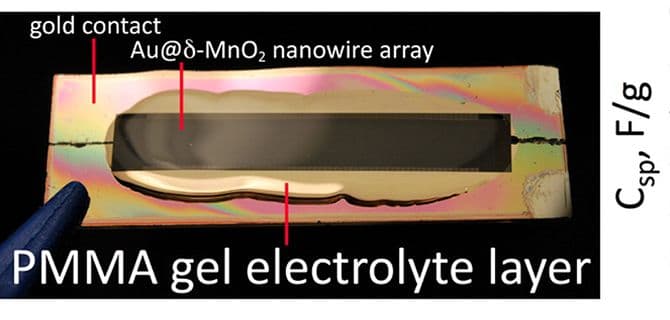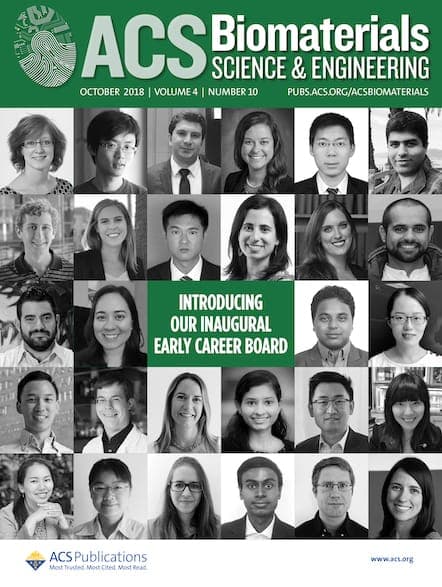Chemical & Engineering News covers the world of chemistry, from research and education to business and policy. Here’s a sampling of their coverage of research from ACS journals: *** New Storage Technique Could Make Natural Gas More Convenient Sealing natural gas in porous beads with hydrocarbon plugs could allow the fuel to be transported in compact, affordable […]

Chemical & Engineering News covers the world of chemistry, from research and education to business and policy. Here’s a sampling of their coverage of research from ACS journals:
***
New Storage Technique Could Make Natural Gas More Convenient
Sealing natural gas in porous beads with hydrocarbon plugs could allow the fuel to be transported in compact, affordable containers, researchers say. The method allows the gas to be stored and transported easily, without resorting to high pressures or low temperatures to improve its storage density. Improving natural gas’ storage density could help it find favor as a fuel for smaller vehicles.
- Read the story in C&EN.
- Read the research in Nano Letters.
***
Nanoparticles Improve Design of Paper Microfluidic Devices
Paper microfluidic devices can be used in low-cost medical tests. The devices use hydrophobic ink or wax printed into channels on paper, which wick fluid through areas design to test for specific features, such as cancer biomarkers. Now researchers are using nanoparticles to increase the wicking rate of the channels, improving flow rate and test reproducibility, two drawbacks that had stymied wider adoption of the devices.
- Read the story in C&EN.
- Read the research in Analytical Chemistry.
***
Nanowire Battery Holds Up Over 100,000 Charges
A battery built from manganese-dioxide-coated gold nanowires and a polymethyl methacrylate gel electrolyte has endured being recharged more than 100,000 times and is still going strong, researchers report. Switching from a liquid electrolyte to a gel appears to have been the key, but it is still unclear why the gel extends the battery’s life from between 2,000 and 8,000 charges to more than 100,000. One theory is that the gel plasticizes the manganese-dioxide layer and keeps it from breaking, but more tests are needed.
- Read the story in C&EN.
- Read the research in ACS Energy Letters
***
Researchers Make Progress in Search for Meth Vaccine
A vaccine could someday offer hope to those struggling with methamphetamine addiction by using an immune response to prevent the drug from reaching the brain. In a recent study, mice that were given the vaccine displayed less hyperactivity than non-immunized mice, following exposure to the stimulant. One challenge in developing the vaccine is that methamphetamine molecules are much smaller than those typically targeted by a body’s immune system, though linking the molecule to larger carriers, such as proteins, appears to yield results.
- Read the story in C&EN.
- Read the research in Journal of Medicinal Chemistry.
***
Probe Shines A Light On Multiple Cell Types
Fluorescent molecules capable of bonding to the cells of mammals, fungi and bacteria could make it much easier to study cell structures. The new molecules could replace probes that rely on commercial cell-surface dyes, which tend to be expensive, time-sensitive and less versatile, researchers say. Further experiments will look to determine if the probes can be used to help target drug delivery.
- Read the story in C&EN.
- Read the research in ACS Biomaterials Science & Engineering.
***
That’s just a small sample of the robust coverage C&EN provides. Get the latest news in your discipline with weekly e-mail updates.
